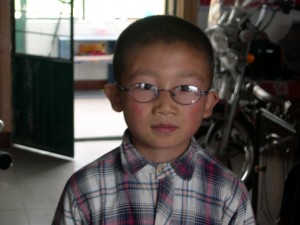An excellent natural experiment: the electricity was cut from Zanzibar for 4 weeks in May, 2008. Families who had just gotten pregnant and wouldn’t have known about it yet wouldn’t have done anything to change their behavior, but families who did know they had a pregnancy would adapt behavior to safeguard the mother’s and child’s health. As a result, women who knew they were pregnant delivered babies within the usual distribution for Zanzibar, while women who had not known were 11% more likely to give birth to children with low birthweight, according to a new paper by Burlando. Food prices hadn’t changed. Also interesting is that there was a increase in babies born 9 months after the blackout (also about 11%). Friedman particularly highlights the long-lasting effects of temporary shocks.
Vasilakis also has a new working paper on poverty and child malnutrition, using an overlapping generations framework to generate malnutrition-induced multiple equilibria and poverty traps. He models several different World Food Program policies. In his model, a school feeding program “locks” poor countries into a poverty trap by increasing fertility and lowering human capital, but the country could escape. A school feeding program increases efficiency and human capital accumulation in middle-income countries. WFP food price subsidies or investments in local agriculture and food industry allow poor families to increase human capital in their children and increase incomes, helping the country out of poverty. Clearly the body is buried in the adopted and adapted Becker model of fertility decisions (parents face a quantity/quality tradeoff). Since my read of the literature has made me skeptical of the fertility model, I end up skeptical of these results, but the rest of the set up (2 period OLG with poverty traps) is quite interesting.
 Glewwe, Park and Zhao (HT:MR) have a work in so much progress there are still notes from the authors to each other in the pdf:
Glewwe, Park and Zhao (HT:MR) have a work in so much progress there are still notes from the authors to each other in the pdf: after one year, making eyeglasses available increased average test scores by 0.09 to 0.14 standard deviations (of the distribution of the test scores). For those students who accepted the glasses, average test scores increased by 0.12 to 0.22 standard deviations….
No comments:
Post a Comment